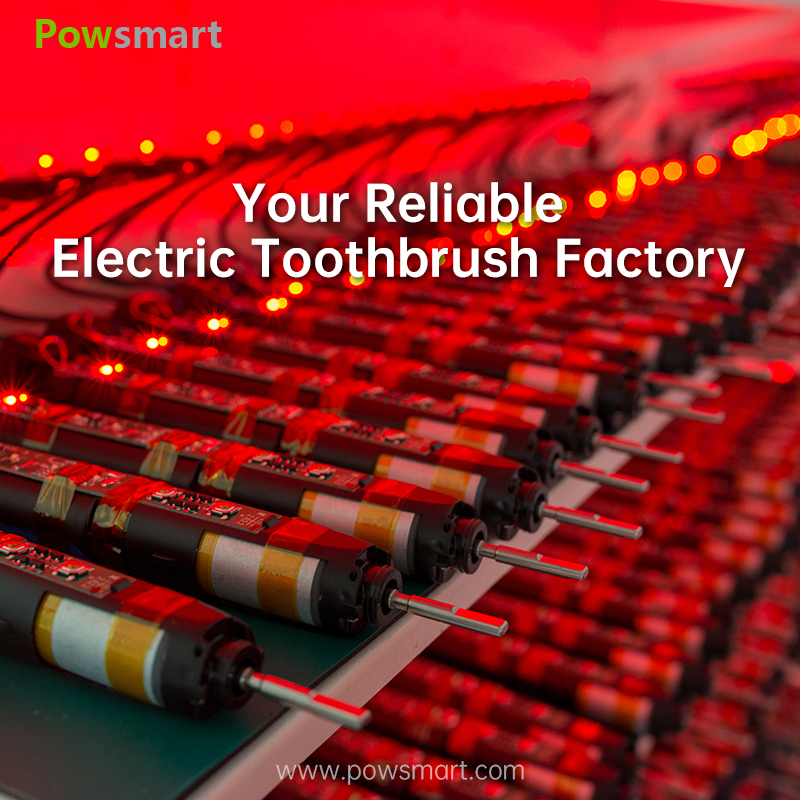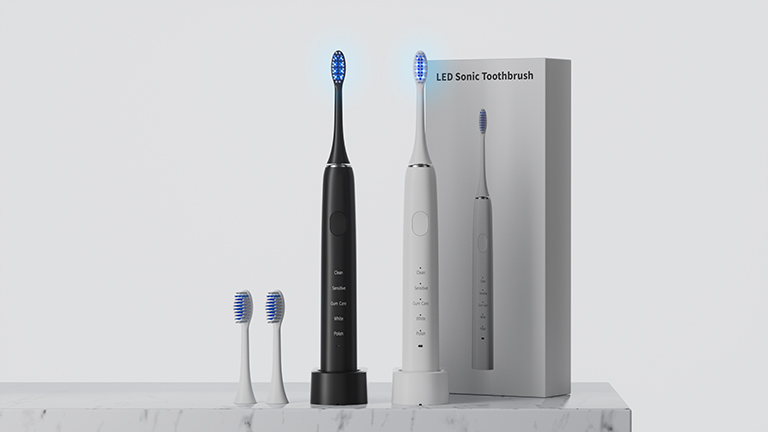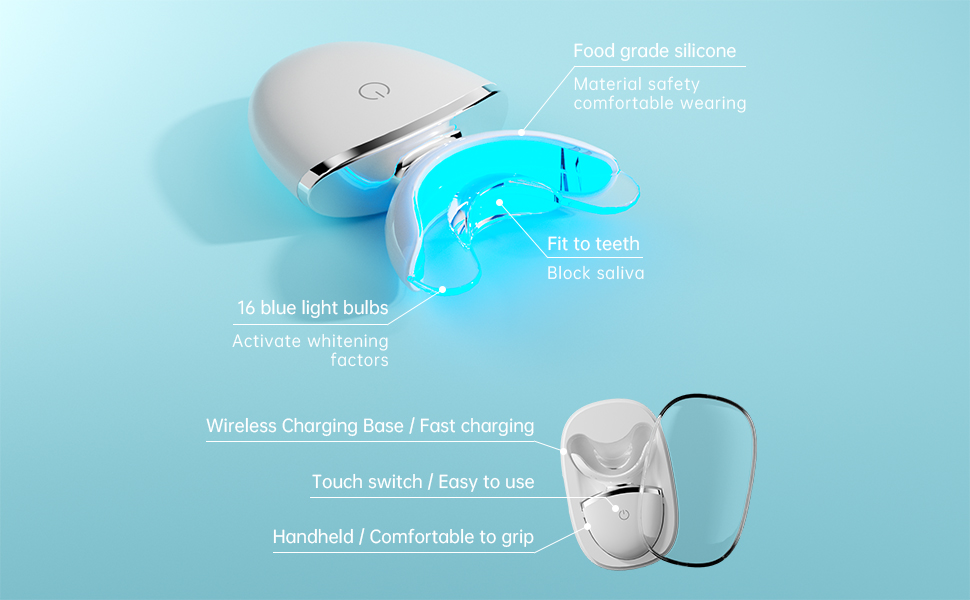In New York’s premium oral-care market, being flagged as “NY dental recommended” increasingly correlates with adopting intelligent force control—most notably, toothbrushes built around “NYC pressure sensor” technology. From boutique DTC labels to national retail lines that pilot in the five boroughs first, pressure-aware brushing has become a shorthand for safer, more consistent outcomes and fewer customer service headaches. Here’s how the tech translates into clinical credibility, product reliability, and B2B margin.
Dental professionals in NY see a high volume of patients with sensitivity, recession, and post-procedural care needs. As a result, they tend to recommend devices that actively prevent overbrushing. Brands that can show force-limiting intelligence and clear user feedback (haptics/LED/app prompts) are simply easier to champion chairside—turning NY dental recommended from a marketing claim into a measurable product capability.
While “pressure sensor” is a broad term, the standout NYC design approach pairs three elements:
This stack doesn’t just stop force spikes—it creates a repeatable brushing envelope that clinicians can trust and users can actually follow.
Pressure intelligence succeeds or fails in the integration layer. NYC teams tend to:
Done right, you get fewer RMAs for “random shutoffs,” less mode confusion, and a path to premium pricing without runaway costs.
Force data is only useful if it changes behavior. Best-in-class implementations:
The net: users brush within safe limits more often, and clinicians see objective progress rather than anecdotes.
For B2B buyers, the fast track to an NY dental recommended placement is documentation:
These artifacts shorten retail onboarding and de-risk clinical partnerships.
Brushes with robust NYC pressure sensor control see fewer reports of gum soreness, reduced head splay, and less motor strain—cutting warranty costs. At the same time, force-coached users replace heads on schedule and engage more with refills, lifting lifetime value. That combination is why retailers prioritize inventory and why practitioners choose to recommend.
If “NY dental recommended” is your target badge, build around NYC pressure sensor principles: accurate sensing, adaptive control, tight sealing, and on-device coaching. You’ll safeguard gums, simplify endorsements, and create a defensible premium tier.
Need a jump-start? We can share a reference design (sensor stack + firmware flow), a validation test plan, and a clinician-ready one-pager template. Say the word, and we’ll tailor them to your SKU and channel mix. Contact us
-300x300.jpg)
-300x300.jpg)
Sonic Toothbrush for Dental Students Bulk Supply | Affordable Educational Solutions

Best Electric Toothbrush Deals in San Francisco?

Can a Wireless Charging Toothbrush OEM Produce FDA Approved Electric Toothbrush Models Efficiently?
.jpg)
Procuring Electric Toothbrush for Hotels Supply?
.jpg)
Sourcing Sonic Toothbrush B2B for Your Role as a Hotel Amenity Supplier?
.jpg)
Inside an Electric Toothbrush: Understanding Battery Types for Smart OEM Sourcing

Is Tampa charger replacement sold at Tampa store toothbrush shops? — A B2B guide

Tips for San Francisco Tech-Innovative Electric Toothbrush Startups Finding OEM Partners

What is the Average Lifespan of an Electric Toothbrush? Manufacturer’s Insight
.jpg)
Do Bronx toothbrush deals include NYC replacement heads?

What Really Happens If You Use a Moldy Toothbrush? Health Risks & OEM Solutions

How Long Does It Typically Take to See Results in Teeth Whitening When Using Electrical Oral Care Products?
Electric Toothbrush Subscription Service OEM | Recurring Revenue Model for Oral Care Brands
.jpg)
Want Toothbrush Custom Packaging OEM for Toothbrush Branded Merchandise Campaigns?

Is a Teeth Whitening Pen the Ultimate On-the-Go Beauty Solution?
LED Whitening Toothbrush OEM
.jpg)
Florida Electric Toothbrush – Powsmart PTR-C8

electric toothbrush heads Deep Clean

Private Label Whitening Gel

electric toothbrush heads Ultra Soft

electric toothbrush heads Charcoal Infuse-Round

Electric toothbrush heads Charcoal Infused-Diamond

electric toothbrush heads Regular Clean

Customization Teeth Whitening Gel
whstapp
whstapp
National Toll-Free Service Hotline
+86 755 86238638